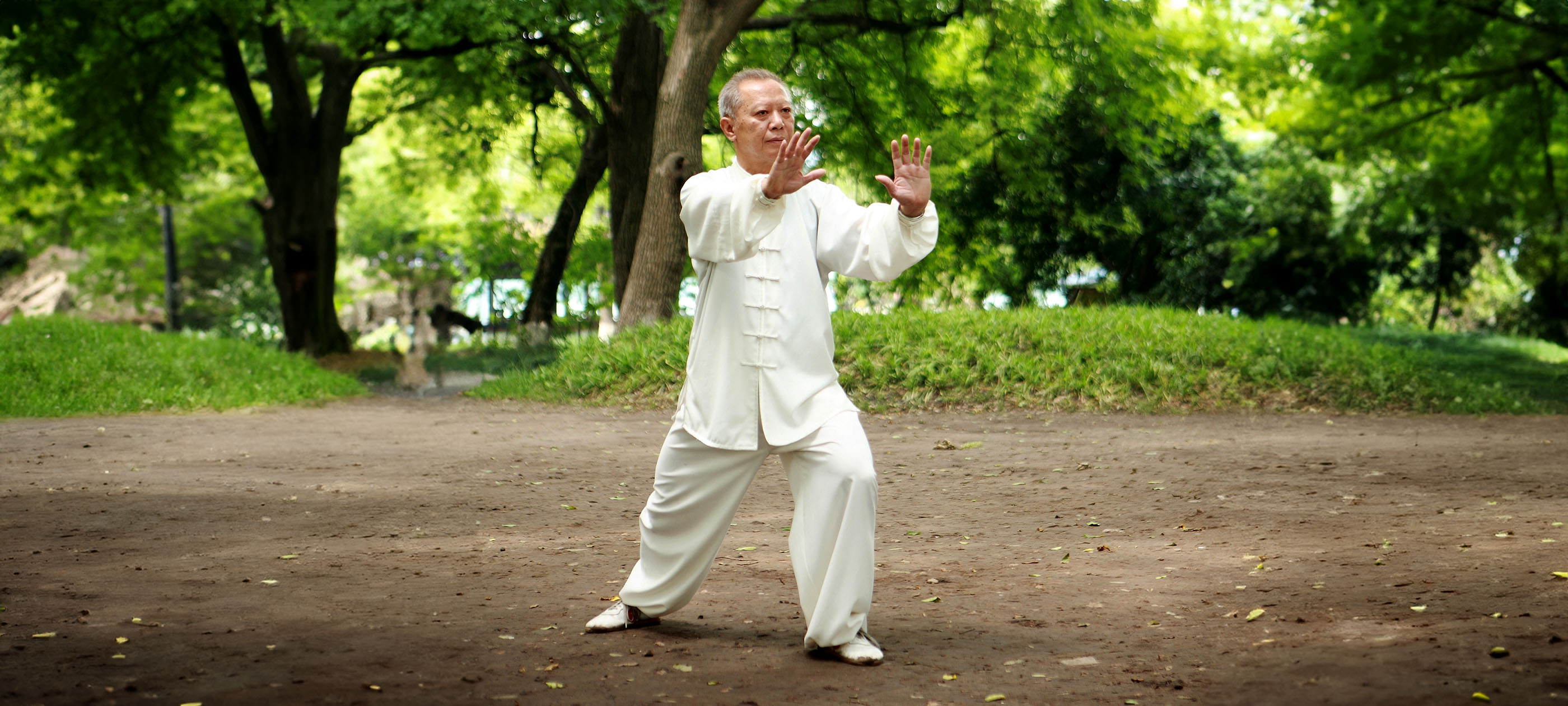
The Art and Science of Qigong
Chinese civilization has been responsible for discoveries that have influenced the wider world for centuries. However, one of the most profound products of Chinese thought is yet to penetrate the modern world. It is the art and science of Qigong.
Qigong (pronounced Chee Gong) is comprised of two Chinese characters – Qi and Gong. Qi is often translated as ‘breath’, ‘air’ or ‘energy’, but with respect to Qigong it translates best as ‘life force’. ‘Gong’ translates as a study, exercise or skill that is cultivated with patience and persistence over time. Thus, Qigong can be directly translated as ‘life force cultivation’.
Qigong today refers to the set of practices that involve consciously moving Qi through the body to promote health, wellbeing, longevity, martial arts prowess and spiritual cultivation. Thousands of different systems of Qigong have evolved over the centuries, focusing on these different aspects of internal development. The ancient Chinese discovered this through their quest for immortality and spiritual enlightenment. By quieting their minds and focusing in deep meditative practice they became aware of the movement of Qi within their bodies and were able to direct this Qi at will for health and spiritual effect.
Through this inner understanding, Traditional Chinese Medicine was also born. According to Chinese Medicine, the human body is made up of various meridians that traverse the body. Similar to how the veins and arteries carry our blood, these meridians operate as channels for Qi, nourishing the entire body with life giving qi energy. When a meridian becomes blocked, or has an excess of qi, disease will take root in the body. By consciously moving qi throughout the major meridians of the body with the practice of Qigong, you can heal and prevent this stagnation, keeping the body in a state of optimum health. Qigong can also be used to transmit Qi outside the body, usually through the hands, to assist in the healing of others.
Qigong practice can take many forms such as moving, sitting, standing, walking, sexual and sleeping. Moving forms are the most commonly practiced, involving specific postures that stretch and move particular meridians encouraging the free flow of Qi. These movements can resemble Tai Chi: usually soft, graceful movements that cause Qi to build and move through specific meridians. Static forms of Qigong often involve precise visualisations, with the intent of the practitioner causing Qi to build up and flow throughout their body, increasing strength, health and vitality. Through further development, more advanced practices can be then used for spiritual advancement and even help light the path to enlightenment.
Most Qigong practice involves coordinating thoughts or movements with the breath. The breath is the source of a significant amount of the Qi your body can generate, so, having a coordinated, deep, slow breath and breathing high quality air all help influence the amount of Qi we have in our daily lives.
The evolution of Qigong has provided us with access to a rich tradition of practices that can help you at whatever stage of your life you find yourself. Whether you want to improve your general health and well-being, decrease stress, cure illness or are on a quest for spiritual enlightenment, there is an established system of Qigong that will suit your needs. I’ve been practicing Qigong for over 10 years and I can sincerely say that it has changed my life. I highly recommend you seek out a teacher and try it. Your life will never be the same again.
